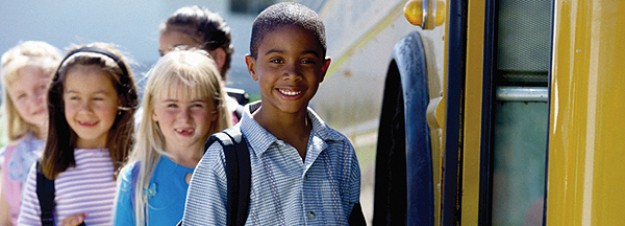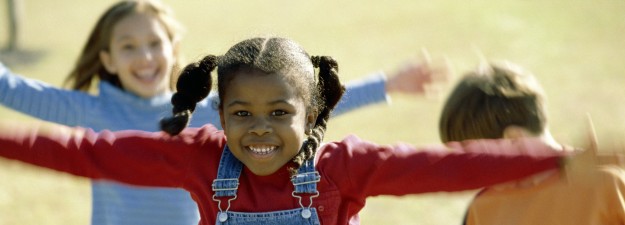Nurturing the Wonder of STEM: The Summer STEM Institute
by Mag Sudibjo | August 26, 2014
Nurturing the Wonder of STEM: The Summer STEM InstituteThe Arkansas Out of School Network and the Arkansas Department of Education 21st CCLC joined this summer with the Arkansas Discovery Network, a partnership of Arkansas’ science museums dedicated to spreading STEM education (Science, Technology, Engineering, and Mathematics), to host the first of two three-day institutes in Springdale, Arkansas. Around 25 in-school and out-of-school-time (OST) educators from mostly Northwest Arkansas attended the workshop to learn various interactive ways they could engage students in STEM. These workshops promote a hands-on and inquiry-based approach to learning. Instructors encouraged students to ask the questions and experiment by themselves. As participants, we explored the physical, earth, and life sciences and discussed issues like environmentalism and conservation.
One topic we discussed in particular was the gender gap in STEM. According to a May U.S. Bureau of Labor report, women represent only about a quarter of professionals in STEM. One educator at my table suggested that girls are not interested in science and math because of the way we socialize them. Society tells girls that being a “geek” or “nerd” will not get her very far—not with Miley Cyrus and Lady Gaga as the most visible female role models. The problem, however, is not limited to girls. Children of color and other minority groups are often at a disadvantage when it comes to succeeding in STEM. A recent ACT report finds that less than half of Hispanic students and less than a quarter of African American students who expressed interest in STEM achieved math and science benchmarks compared to over 60 percent of white students and almost 80 percent of Asian students. Renowned African-American physicist Neil DeGrass Tyson understands and has remarked on the challenges and barriers people in minority groups face in the STEM world.
The Summer STEM Institute seeks to cross these boundaries by presenting STEM as enjoyable and exciting fields for all students. As a participant, I can attest that the interactive approach to learning can be extremely fun. Rather than just hearing about static electricity and air pressure, we rubbed balloons together and played with blow dryers. The inquiry process is not only better for retaining knowledge but also helps foster student’s curiosity, creativity, and critical thinking skills. After all, science exists because somebody asks a question and wonders why something works.
During the workshop, we held a boat design competition; assembled wind vanes; and built motors out of batteries, magnets and stripped wires. We examined the extraordinary strength of Bess Beetles (one can carry over 20 times its body weight) and created our own worm farms. We asked questions and wondered why. The message was clear: when we left the workshop, we were to spread this feeling of wonder in the sciences to all our children. STEM is an essential part of future development, and educators can and should make STEM fun for everyone.
The task to integrate STEM into our children’s education may be a challenge. With all the requirements teachers now face, educators may have less time for STEM in the classroom. However, OST programs provide wonderful opportunities for educators to supplement students’ STEM education. STEM is just as important as other subjects, and afterschool and summer programs can be great settings to conduct these more interactive activities.
In the end, all children deserve to revel in the wonder of STEM. If we adults can have fun playing like little kids in the name of STEM, imagine how actual kids would react.








